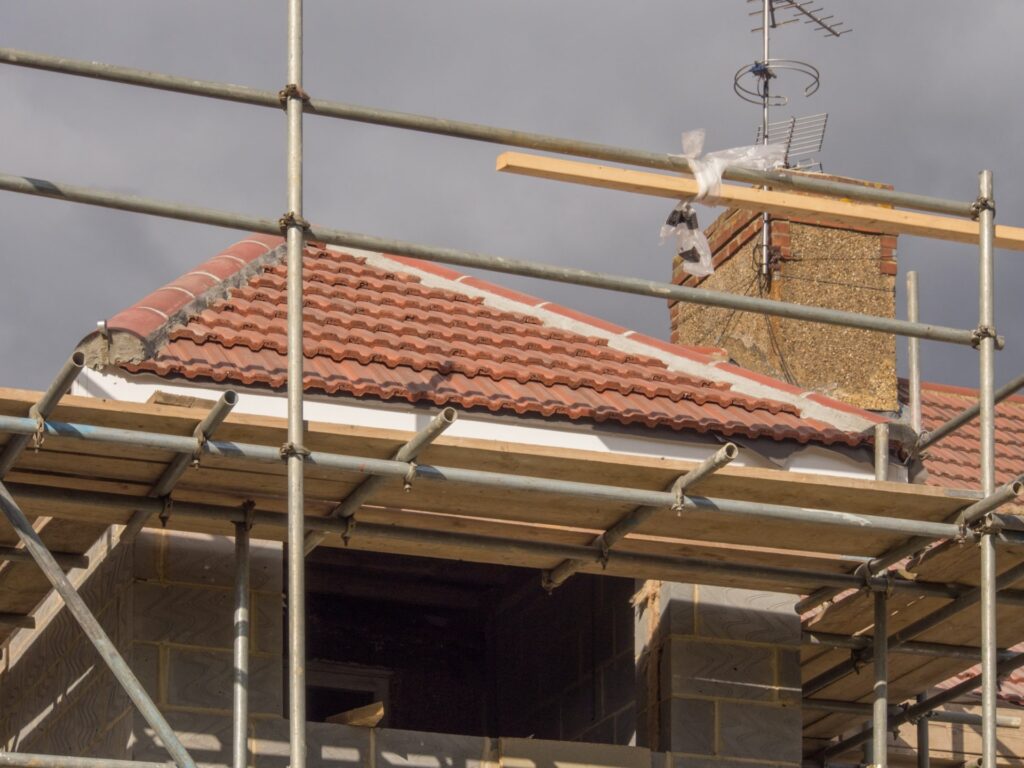
Introduction:
Property development is a complex and multifaceted process that involves turning an idea or blueprint into a tangible reality. It combines creativity, strategic planning, and meticulous execution to bring forth buildings and spaces that shape our communities. In this article, Mark Mariani will delve into the art and science of property development, exploring the key stages, considerations, and skills involved in transforming a vision into a thriving property.
I. Vision and Feasibility: Laying the Foundation
Property development begins with a vision, a concept, or an identified need in the market. This initial stage involves conducting feasibility studies, assessing the market demand, analyzing the financial viability, and considering the potential risks and rewards. It is crucial to align the vision with the market realities, regulatory requirements, and sustainability goals. By laying a strong foundation in the early stages, developers can ensure the viability and success of their projects.
II. Design and Planning: Shaping the Future
The design and planning phase is where the blueprint starts to take shape. Architects, engineers, and design professionals collaborate to create functional and aesthetically pleasing structures that meet the needs of the intended users. Considerations include zoning regulations, environmental impact, accessibility, and sustainable design principles. Thorough planning ensures that the project aligns with the vision, maximizes the site’s potential, and creates spaces that enrich the surrounding community.
III. Financing and Project Management: Making it Happen
Property development requires substantial financial resources and effective project management to bring the vision to life. Securing financing, managing budgets, and establishing efficient project management systems are crucial components. Developers must coordinate with contractors, subcontractors, suppliers, and regulatory bodies to ensure smooth execution, adherence to timelines, and quality control. Effective project management keeps the development on track and minimizes potential obstacles and delays.
IV. Construction and Completion: Transforming the Vision
The construction phase involves the physical realization of the project. Contractors and construction teams work meticulously to transform the design into a tangible structure. Regular inspections, quality assurance, and adherence to safety standards are essential during this stage. As the development nears completion, the focus shifts to finishing touches, landscaping, and ensuring all systems are fully functional. The successful completion of the construction phase marks the transformation of the vision into reality.
V. Marketing, Sales, and Operation: Bringing Life to the Property
Once the development is completed, the focus shifts to marketing, sales, and operation. This involves creating awareness, showcasing the property’s unique features, and attracting potential buyers or tenants. Developers collaborate with real estate agents and marketing professionals to position the property in the market effectively. Effective management and maintenance strategies ensure the property’s ongoing success and enhance its long-term value.
Conclusion:
Property development is a dynamic and intricate process that combines the art and science of transforming a vision into a thriving property. From the initial stages of vision and feasibility to design and planning, financing and project management, construction and completion, and finally marketing and operation, each step requires careful consideration and expertise. Property developers play a crucial role in shaping our built environment, creating spaces that enhance communities and enrich lives. By understanding the art and science of property development, we can appreciate the immense effort and skill involved in turning blueprints into the reality we see around us.